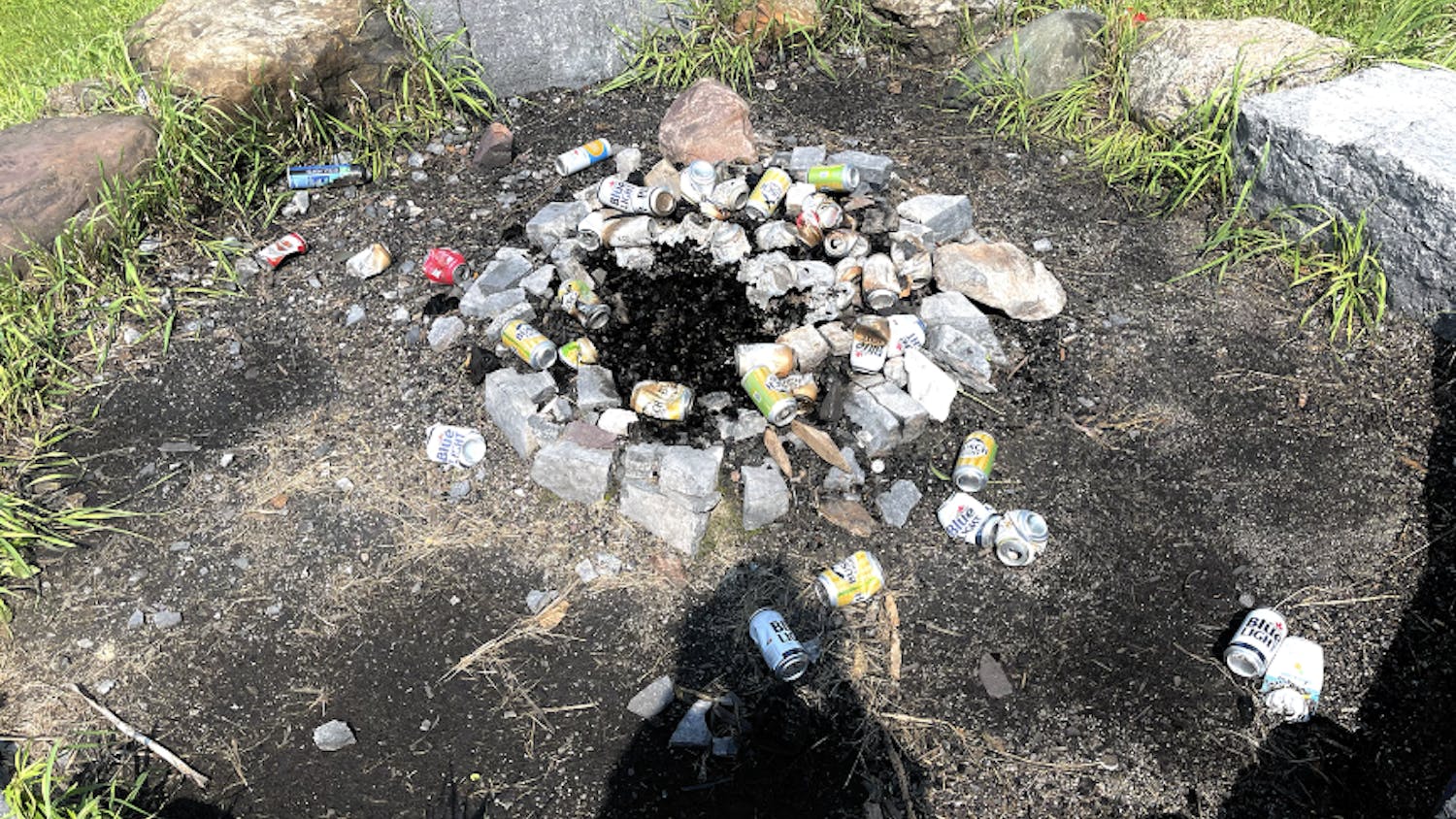My friend from Kabul was sitting to my right, her hair uncovered. Next to her, my friend from Kunduz Province. To his right, a professor, Jeffrey Lunstead, a former U.S. ambassador to Sri Lanka, former State Department Foreign Service officer in Pakistan, and a member of the 2001 Bonn Conference. I was in good company.
There we were, our Afghan panel, up on stage, talking about the need for a continued U.S. military presence in Afghanistan. Our remarks came after the public screening of a documentary titled, “Rethink Afghanistan.” In spite of the film’s clear call for an immediate American withdrawal from Afghanistan, I made my case for the necessity of the American mission.
First, we are not the Soviet Union. The forces of the United States in Afghanistan today are not the Soviet soldiers of the 1980s. We do not leave candies for children that explode in their hands. We do not target the civilian population. We have not killed 1 million Afghans. And we are not alone.
Second, the American forces are not the only soldiers in Afghanistan. It is important to understand that American troops are divided between Operation Enduring Freedom and NATO’s International Security Assistance Force (ISAF). The latter is an international coalition of over 40 member states that aims to provide security to the Afghan people. This mission includes military operations as well as humanitarian aid and support in the building of a comprehensive infrastructure. NATO’s Provincial Reconstruction Teams (PRTs) are crucial in winning the battle against the Taliban over the hearts and minds of the local population.
Third, the leading American commander in Afghanistan understands the importance of directly engaging with the Afghan people in a constructive manner. A central tenet of General Stanley McChrystal’s creed for success in Afghanistan is his sensitivity to civilian casualties.
He understands that the goal is not only to lower the number of civilians killed by American and other international soldiers but to reduce that number to zero. Doing so will afford Afghans the opportunity to see that the international forces are on their side, thus providing an alternative to the Taliban.
Fourth, there is a stronger link between the Taliban and al Qaeda than “Rethink Afghanistan” leads one to believe. Let us not forget Sept. 9, 2001, two days before 9/11, when Northern Alliance commander Ahmad Shah Massoud was assassinated. He was a competent foe of the Taliban, one who challenged their rule and was seen as a potential leader of the Afghan state.
Yet he was killed in a suicide bombing that was carried out by al Qaeda operatives. Indeed, a threat to the Taliban’s control was, and remains, a threat to the goals of al Qaeda’s global jihad.
Finally, I refuse to believe that Afghanistan was better off under the Taliban. “Rethink Afghanistan” leads one to think otherwise. I recognize that the current situation in Afghanistan is not ideal, but it is slowly improving. We must recognize that peace requires patience, a patience tempered by war.
Op-Ed: A continued presence in Afghanistan
Comments



